Elimination Diet: How It Works, Benefits, And Meal Plan
Nourish your body and discover your food triggers by making smart food choices.
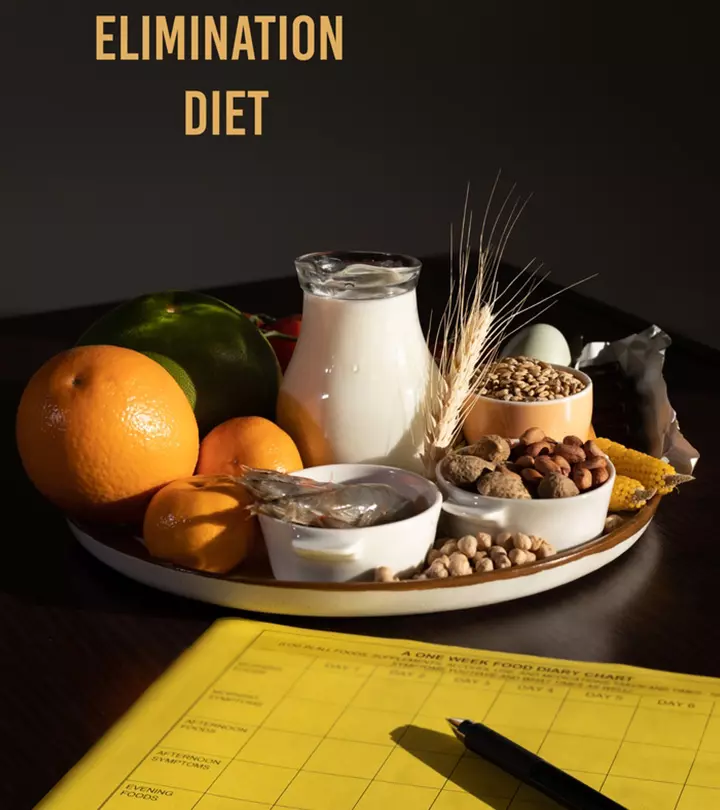
Image: Shutterstock
The relationship between our body and the foods we consume has become complex today. Various ingredients can trigger a wide range of health issues, from digestive discomfort to skin problems and even chronic fatigue. That is why the elimination diet is a powerful tool to identify these triggers and reclaim control over your well-being. This diet temporarily excludes certain foods and slowly reintroduces them to help identify food triggers and sensitivities. In this article, we discuss the basics of the elimination diet and share with you a sample food list and delicious recipes you can experiment with. Keep reading.
 At A Glance: Elimination Diet
At A Glance: Elimination Diet- Principle: Eliminating certain foods from your diet and reintroducing them to identify triggers and manage food intolerances
- Purpose: To alleviate gastric symptoms
- Who It Is For: Individuals with suspected food allergies, intolerances, or sensitivities
- Duration: Short-term
- Who Should Avoid: People with eating disorders
- Cons: May cause nutritional deficiencies, restricted growth, and unintended weight gain or loss
In This Article
What Is An Elimination Diet?
The elimination diet is a dietary strategy that helps identify and remove potential food intolerances. It temporarily excludes foods that may upset the stomach and gradually reintroduces them while monitoring adverse symptoms.
Over 20% of the population may have food intolerances (1). But the issue is difficult to diagnose and manage. Hence, the elimination diet is a great way to learn about potential food sensitivities, allergies, or intolerances to help improve one’s general well-being.
Now that you have a basic understanding of what this diet is, scroll down to the next section to learn how it works.
Key Takeaways
- The elimination diet excludes certain food items or groups and gradually introduces them into the diet to identify potential food triggers.
- This diet may help manage irritable bowel syndrome and headaches.
- It should be followed under expert supervision as it may otherwise cause nutritional deficiencies or weight fluctuations.
How Does An Elimination Diet Work?
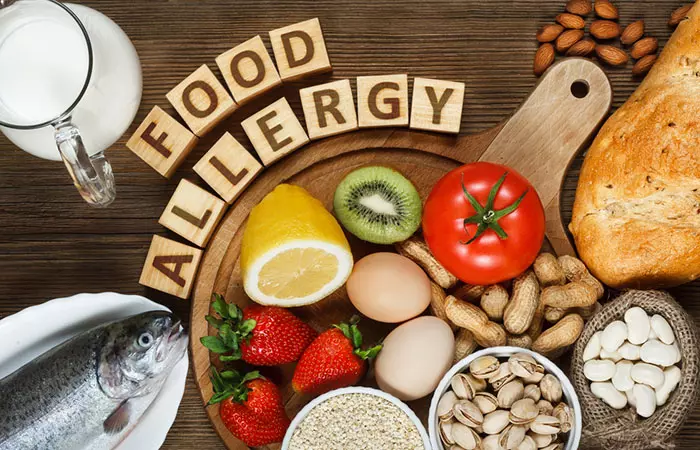
The elimination diet works in 2 phases:
1. The Elimination Phase
This phase involves gradually cutting out certain food items or groups from your diet. It lasts between two to six weeks and has to be followed consistently for accurate results. It includes:
- Planning: Create a meal plan without the eliminated foods and substitute them with appropriate alternatives to get vital nutrients.
- Strict Compliance: Avoid lapses or unintentional consumption of the eliminated items.
- Symptom Monitoring: Track your daily meals and how you react to different food items to help you understand your symptoms better.
2. Reintroduction Phase
This phase involves gradually reintroducing the deleted foods while monitoring your body’s reactions. It includes:
- Systematic Reintroduction: Gradually introduce one excluded food or food group in moderate amounts. Consume it for a few days and note any negative responses. Look out for symptoms like rashes, joint pains, bloating, diarrhea, gas, stomach cramps, or fatigue.
- Observation: Record the onset of the symptoms, their severity, and any additional observations.
- Waiting Period: If you experience no symptoms after reintroducing a food item, you can safely consume it and move on to the next food group.
- Repeat: Keep going through this process until you have tested and identified your potential food intolerances and sensitivities.
This diet’s goal is to help identify potential food intolerances and allergies and modify your intake to improve your overall health. However, the process can be confusing and overwhelming. Scroll down to learn about how to begin your elimination diet journey.
How To Start An Elimination Diet
Follow the steps given below to start the elimination diet:
1. Consult A Doctor: Speak to a healthcare professional or registered dietitian about your symptoms and dietary concerns. They can walk you through the process and help you select the foods that need to be eliminated.
2. Select Food Items: Identify the foods or food groups you want to eliminate after consulting your healthcare practitioner. Dairy, gluten, soy, nuts, eggs, and additives are common triggers. Maintain a detailed food journal during the process to keep track of your meals and efficiently identify any symptoms.
3. Plan Your Meals: Create a meal plan that substitutes the eliminated items with nourishing ingredients that provide vital nutrients to your body.
4. Stay Consistent (Elimination Phase): Adhere to this phase consistently and record your symptoms and other bodily changes.
5. Reintroduce Foods (Reintroduction Phase): Gradually reintroduce each removed food item one at a time and monitor your body’s reaction to it.
6. Analyze: Consult your nutritionist or healthcare professional to create a long-term eating plan that keeps your food sensitivities and health goals in mind.
Now that we know how to begin an elimination diet, let’s learn about its variations in the following section.
What Are The Types Of Elimination Diets?
1. Common Allergen Elimination Diet
It focuses on removing common food allergens such as dairy, gluten, soy, eggs, nuts, and shellfish to help identify and manage food allergies.
2. Simple (Modified) Elimination Diet
It involves eliminating just one food item or two common food allergens like wheat and dairy for 3 weeks.
3. FODMAP Elimination Diet
This diet excludes foods high in FODMAPsi A dietary approach that restricts certain types of carbohydrates and sugar to help manage irritable bowel syndrome. such as certain fruits, vegetables, legumes, and grains.
4. Fasting Elimination Diet
It involves strictly drinking water for five days and then reintroducing certain food groups slowly. It should be done only after consulting a physician as it can be dangerous for your health.
4. “Few Foods” Elimination Diet
This is a very strict diet where only selected food items can be consumed. It is not a long-term diet and should be followed under expert supervision.
Now that we have learned about the different types of elimination diets, scroll down to the next section to learn about the different symptoms an elimination diet can help with.
What Symptoms Can An Elimination Diet Help With?

The elimination diet can not only help identify food intolerances and allergies but also help manage different health issues. Research suggests that this diet can help manage the following symptoms and conditions (2), (3), (4), (5) :
- Irritable bowel syndromei An intestinal disorder that causes abdominal pain, changes in bowel movements, constipation, and diarrhea.
- Skin conditions like atopic dermatitisi A chronic skin condition that causes dry, itchy, and inflamed skin and generally develops in early childhood. , psoriasisi A chronic skin condition that causes red, itchy, scaly patches on the elbows, scalp, knees, and trunk. , and acne
- Learning disorders like ADHD
- Migraine
Anecdotal evidence suggests that this diet can help manage the following conditions:
- Kidney and gallbladder problems
- Fatigue
- Joint pain
- Asthmai A chronic respiratory condition characterized by constriction and inflammation of the airway that causes breathing difficulties and coughing.
- Autoimmune diseasesi A condition where the body's immune system mistakenly attacks its own healthy cells and tissues, leading to inflammation and swelling.
- Cognitive and neurodegenerative diseasesi A group of chronic diseases that damage and destroy the neurons and other parts of the brain over time. like Parkinson’si A central nervous system disorder that causes unintended or uncontrolled movements like tremors, stiffness, and loss of balance. and dementiai Loss of thinking, memory, and reasoning to an extent that may interfere with everyday activities.
- Nutrient deficiencies
- Mental disorders such as depression and schizophreniai A mental disorder that affects a person’s ability to think, feel, and behave clearly and causes symptoms like delusion and hallucinations.
- Insomnia
- Obesity
Following an elimination diet may help manage these conditions and improve your overall health.
Also, food allergy is often confused with food intolerance and food sensitivity. However, all these differ fundamentally. We will explore more in the next section.
Food Allergy Vs. Food Intolerance/Sensitivity
Food Allergy
An adverse immune system response to a specific food that can cause mild to severe symptoms like hives, itching, rashes, digestive distress, swelling, or anaphylaxis.
Food Intolerance
The body has difficulty digesting certain foods and can result in diarrhea, bloating, flatulence, cramps, or headaches. Unlike allergies, food intolerance symptoms are less severe and do not involve the immune system.
Food Sensitivity
A broad term that encompasses all the adverse reactions to certain foods. Symptoms include diarrhea, headache, muscle pain, gastrointestinal pain, and brain fog.
Now that you know the difference between the above-mentioned terms, scroll down to learn what foods to include and avoid on this diet.
Elimination Diet Food List

While the elimination diet is restrictive, it has enough options to make healthy and delicious meals. The selection of food items depends on what food group has been eliminated. Here is a list of food items that are allowed on the elimination diet:
1. Proteins
- Lean meats such as chicken, turkey, and fish (unless eliminated for specific reasons)
- Plant-based proteins like tofu, tempeh, and legumes (if not eliminated due to FODMAP or other reasons)
2. Non-Starchy Vegetables
- Leafy greens like spinach, kale, and lettuce
- Cruciferous vegetables like broccoli, cauliflower, and cabbage
- All fresh low-starch vegetables
3. Grains (if not eliminated)
- White rice and buckwheat
- Gluten-free grains like quinoa or millet (if you are on a gluten-free diet)
4. Fruits (limited to low-allergen options)
- All fruits, except citrus fruits
5. Fats And Oils
- Cold-pressed olive oil, flaxseed oil, or coconut oil
6. Beverages
- Water or herbal teas (non-caffeinated)
- Homemade broths (if you are not sensitive to the ingredients present in them)
7. Seasonings And Herbs
- Salt and pepper (unless sensitive to pepper)
- Fresh spices and herbs like basil, oregano, thyme, and parsley (avoid blends with additives)
These are the food items allowed on the elimination diet. However, the diet should be free of any allergens or triggers for it to work effectively. Scroll down to learn more about the elimination diet for allergies.
Elimination Diet For Allergies
An elimination diet for allergies involves excluding common food allergens like dairy, eggs, nuts, shellfish, and wheat to identify and manage food allergies. Avoid these foods and monitor your symptoms. Slowly reintroduce the eliminated foods and check for allergic reactions in the reintroduction phase. This strategy helps you identify specific allergens so that you can avoid them in the long run. Consult a healthcare provider to help identify your food allergies safely and accurately.
The key to success in the elimination diet depends not only on selecting the right foods but also on avoiding the wrong foods. Scroll down to the next section to learn more.
Foods To Avoid During The Elimination Diet

Here is a list of food items that are commonly removed during the elimination phase:
- Common Allergens: Dairy, eggs, peanuts, tree nuts, and shellfish
- Gluten: Wheat and wheat products, barley, and rye
- Soy: Soybeans, soy sauce, tofu, and processed foods containing soy
- Nightshade Vegetables: Tomatoes, bell peppers, eggplants, potatoes, and corn-based products
- Citrus Fruits: Oranges, grapefruits, pears, and other citrus fruits
- Legumes: Beans, lentils, and peas
- Processed Foods: Foods with artificial additives, preservatives, and flavor enhancers
- Beverages: Coffee, tea, and caffeinated and alcoholic beverages
- High-Histamine Foods: Aged cheese, processed meats, and fermented foods (sauerkraut, yogurt)
- Spices And Condiments: All sauces, especially soya and mustard sauces
In the next section, we have listed a few easy and delicious elimination diet recipes. Check them out.
Elimination Diet Recipes
1. Quinoa And Roasted Vegetable Salad (gluten- and dairy-free)
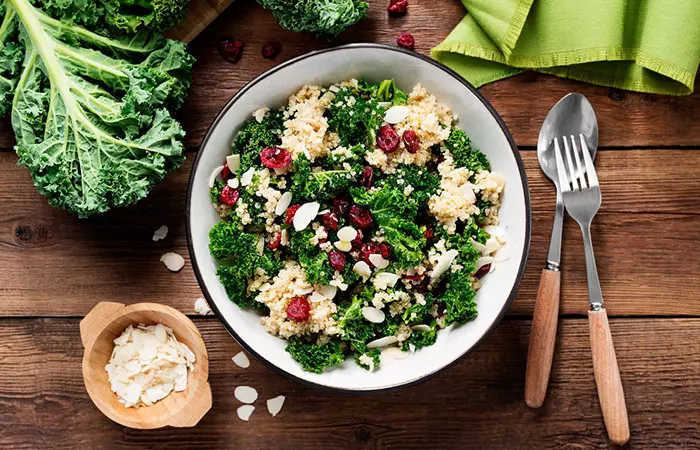
Ingredients
- 1 cup of quinoa, rinsed
- 1 cup of assorted chopped vegetables (carrots, broccoli, cauliflower)
- 1 tablespoon of olive oil
- 2 teaspoons of lemon juice
- 1 teaspoon of fresh herbs (parsley or cilantro)
- Salt and pepper to taste
How To Prepare
- Preheat the oven to 425°F (220°C).
- Chop the vegetables and mix them in olive oil, salt, and pepper.
- Lay them on a baking tray and cook for 20 minutes until tender and caramelized.
- Follow the package instructions to cook the quinoa.
- Combine the cooked quinoa and roasted vegetables in a bowl.
- Add some lemon juice and add fresh herbs for flavor.
2. Roasted Sweet Potatoes

Ingredients
- 2 large sweet potatoes, peeled and diced
- 2 tablespoons of olive oil
- 1/2 teaspoon of garlic powder
- Salt and pepper to taste
How To Prepare
- Preheat the oven to 425°F (220°C).
- Add the diced sweet potatoes in a bowl.
- Mix them with olive oil, salt, pepper, and garlic powder until evenly coated.
- Spread the sweet potatoes on a baking sheet.
- Roast in the oven for 30 minutes and flip them halfway until they are tender and slightly crispy.
- Serve hot and enjoy!
3. Mixed Berry Smoothie
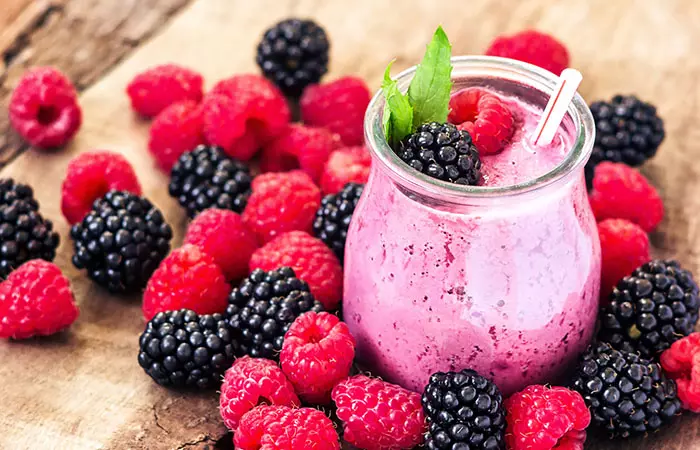
Ingredients
- 1 cup of mixed berries
- 1 full ripe banana
- 1 cup of dairy-free milk
- 1 tablespoon of honey or maple syrup (optional, depending on your sweetener restrictions)
- Ice cubes (optional)
How To Prepare
- Combine the mixed berries, banana, dairy-free milk, and sweetener (if using) in a blender.
- Add ice cubes if you want a colder, thicker smoothie.
- Blend until smooth and creamy.
- Pour in a glass and enjoy.
 Quick Tip
Quick TipThese were some delicious and easy elimination diet recipes you can experiment with. But if you need help planning your meals better, check out the sample diet plan given in the next section.
Elimination Diet Meal Plan
Meal planning for an elimination diet can be difficult. But fret not. Our sample 7-day meal plan can help.
| Days | Breakfast | Lunch | Snack | Dinner |
|---|---|---|---|---|
| Day 1 | 1 glass of berry smoothie | 1 serving of grilled chicken breast with mixed greens, olive oil, and lemon dressing | 1 cup of carrot sticks with 2 tablespoons of hummus | 1 serving of baked salmon with 1 cup of steamed asparagus and ½ cup of quinoa |
| Day 2 | 1 cup of cooked quinoa porridge with ½ cup of sliced strawberries and a drizzle of honey (optional) | 1 turkey and avocado lettuce wrap | 1 cup of sliced cucumbers with 2 tablespoons of almond butter | 1 cup of roasted Brussels sprouts and ½ cup of brown rice |
| Day 3 | 1 glass of smoothie made with 1 cup of mixed berries, ½ banana, and 1 cup of almond milk | 1 serving of quinoa salad with diced cucumbers, bell peppers, and grilled chicken with an olive oil and lemon juice dressing | 1 pear with a handful of walnuts | 1 serving of baked cod with sautéed spinach and ½ cup of mashed sweet potatoes |
| Day 4 | 1 cup of cooked oatmeal with ½ sliced banana and a sprinkle of cinnamon | 1 serving of tuna salad with mixed greens and a vinaigrette dressing | 1 medium apple with 2 teaspoons of pumpkin seeds | 1 serving of grilled turkey burgers with roasted broccoli and ½ cup of quinoa |
| Day 5 | 1 cup of chia seeds pudding with blueberries and nuts | 1 cup of vegetable soup with a side of mixed greens | 1 sliced apple with 2 tablespoons of almond butter | 1 serving of baked chicken thighs with steamed green beans and ½ cup of brown rice |
| Day 6 | 1 glass of kale and pineapple smoothie and 1 cup of coconut milk | 1 serving of turkey and vegetable stir-fry with 1 cup of cauliflower rice | 1 cup of sliced carrots and pear | 1 chickpea and quinoa bowl |
| Day 7 | 1 glass of berry and coconut smoothie | 1 serving of grilled salmon with a bowl of mixed greens salad and lemon vinaigrette | 1 cup of sliced cucumber with ranch dressing | 1 cup of cooked quinoa and vegetable stir-fry with snap peas, carrots, and broccoli |
 Quick Tip
Quick TipYou can navigate the elimination diet easily with this sample meal plan at hand. However, you need to remember certain things before you start.
Things To Remember About Elimination Diets
The elimination diet can be restrictive. Here are a few things to remember before opting for it:
- Consult your doctor or a registered dietitian to make sure this diet is suitable for you.
- Track your meals and symptoms daily during the elimination phase.
- Carefully and gradually reintroduce eliminated foods, one by one, and check for any symptoms.
- The whole process may take anywhere between a few weeks to months. So, be patient and follow the diet under professional guidance.
- Ensure your diet remains balanced and meets your nutritional needs throughout the process.
- Read food labels carefully to prevent accidental consumption of the eliminated foods.
- Personalize your elimination diet according to your specific symptoms and health goals.
- Use the results of this diet to create a sustainable, long-term eating plan that accommodates your sensitivities.
These pointers will help you navigate your elimination diet easily. But how do you know if you need to follow one in the first place?
Who Specifically Should Follow An Elimination Diet?
Many people don’t realize they have food sensitivities or allergies until they experience the symptoms. Some medical practitioners may recommend following an elimination diet at least once in their lives under their supervision.
For instance, while some may believe that genetics may contribute to recurrent headaches or acne, an elimination diet may reveal that these symptoms are caused due to certain foods.
This diet may benefit people with:
- Metabolic syndrome
- Autoimmune diseases
- Inflammation-related body pain
- Skin conditions such as psoriasis
- Known food allergies, who are still experiencing symptoms due to unknown allergens or triggers
While an elimination diet can be restrictive, it can improve your health in various ways. Learn more in the next section.
What Are The Benefits Of An Elimination Diet?

1. May Help Identify Food Triggers
One of the primary benefits of this diet is it helps identify specific food triggers and allergens. This knowledge may help manage symptoms and improve your overall health.
2. May Help Manage Irritable Bowel Syndrome
Irritable bowel syndrome is an intestinal disorder that is believed to affect 1 in 10 people globally (6). A study conducted on 150 participants with IBS saw a 10% reduction in their symptoms after excluding certain foods from their diet (2).
3. May Improve Skin Conditions
Research suggests that elimination diets may help manage psoriasis and moderate to severe forms of atopic dermatitis (3), (7). A trial conducted on individuals with eczema found an improvement in their symptoms after eliminating milk, eggs, tomatoes, and nuts from their diets (8)
4. May Help Manage Eosinophilic Esophagitis
Eosinophilic esophagitis is a chronic immune condition where the esophagus becomes inflamed and makes swallowing difficult. It even increases the risk of choking. Studies suggest that following an elimination diet may improve the symptoms of eosinophilic esophagitis in children (9). Another study found that 75% of patients with eosinophilic esophagitis reported an improvement in symptoms and inflammation after following an elimination diet for 8 weeks (10).
5. May Manage Headaches
Headaches are commonly associated with the foods you eat. Research indicates that an elimination diet may reduce inflammation and help manage headaches better (11). Another study found that following a six-week elimination diet reduced the number of migraine attacks in patients from 9 to 6 (12).
6. May Improve ADHD Symptoms
Attention deficit hyperactivity disorder is a neurodevelopmental disorderi A group of diseases that affect the growth and development of the nervous system, leading to cognitive and behavioral issues. characterized by difficulty in sustaining attention and impulsive behavior. Research suggests that following an elimination diet may help improve the hyperactivity symptoms of ADHD (4).
7. May Improve Quality Of life
The elimination diet may help manage digestive issues and improve energy levels, which may help improve one’s quality of life.
While this diet provides several health benefits, it is also important to understand its potential side effects before opting for it.
What Are The Side Effects Of An Elimination Diet?
1. May Cause Nutritional Deficiencies:
Eliminating multiple food groups can lead to nutrient deficiencies if one does not carefully plan the diet.
2. May Cause Unintended Weight Loss Or Gain: Some individuals may experience unintended weight loss or gain due to changes in calorie intake or nutrient absorption.
3. May Cause Food Cravings: Restricting certain foods can lead to cravings and make it challenging to stick to the diet.
4. Has A Limited Food Variety: Eliminating multiple foods can limit the variety of foods and meals in your diet, potentially making it difficult to maintain it.
5. May Lead To Inaccurate Conclusions: It can be challenging to accurately identify food triggers without professional guidance. This can potentially lead to unnecessary dietary restrictions.
6. May Restrict Growth: Excluding certain food groups, even for a short period, can affect the nutrient intake and growth in children (13).
Infographic: Foods To Eat And Avoid On An Elimination Diet
The elimination diet involves excluding foods and then reintroducing them gradually to help identify potential triggers and allergies. However, this diet can be restrictive and overwhelming. But fret not; the following infographic lists out the foods to eat and avoid as you follow this diet to ensure you get your vital nutrients and improve your overall health. Take a look.

Illustration: StyleCraze Design Team
The elimination diet can help people take charge of their health by identifying and managing food intolerances, sensitivities, or allergies. While it potentially offers symptom relief, improved quality of life, and better dietary choices, it should not be taken lightly. A successful elimination diet requires advanced planning, expert guidance, and commitment to the process. It is important to understand that every person’s reaction to food is different. That is why you need to customize the diet keeping your food allergies and sensitivities in mind. Closely working with your healthcare provider can help you navigate the challenges and enjoy the benefits of an elimination diet while ensuring your nutritional and health needs are met.
Frequently Asked Questions
How long does an elimination diet last?
The overall duration of the diet depends on the individual’s symptoms. The elimination phase lasts between 2 to 6 weeks, followed by a reintroduction phase that can go on for several months to help identify trigger foods accurately.
Can I do an elimination diet alone or do I need help from a pro?
It is possible to start an elimination diet on your own. However, consult a healthcare professional or a registered dietitian. Their expertise helps you identify potential allergens safely while also creating a balanced, nutrient-rich diet tailored to your specific needs.
Can you do an elimination diet if you are pregnant or breastfeeding?
Pregnant and breastfeeding women should consult their doctor to understand if the diet is suitable for them and if it should be done under their guidance. It is crucial to ensure that nutritional needs of the parent and the developing baby are met while identifying and managing food sensitivities or allergies.
Illustration: Elimination Diet: How To Do It Benefits And Meal Plan
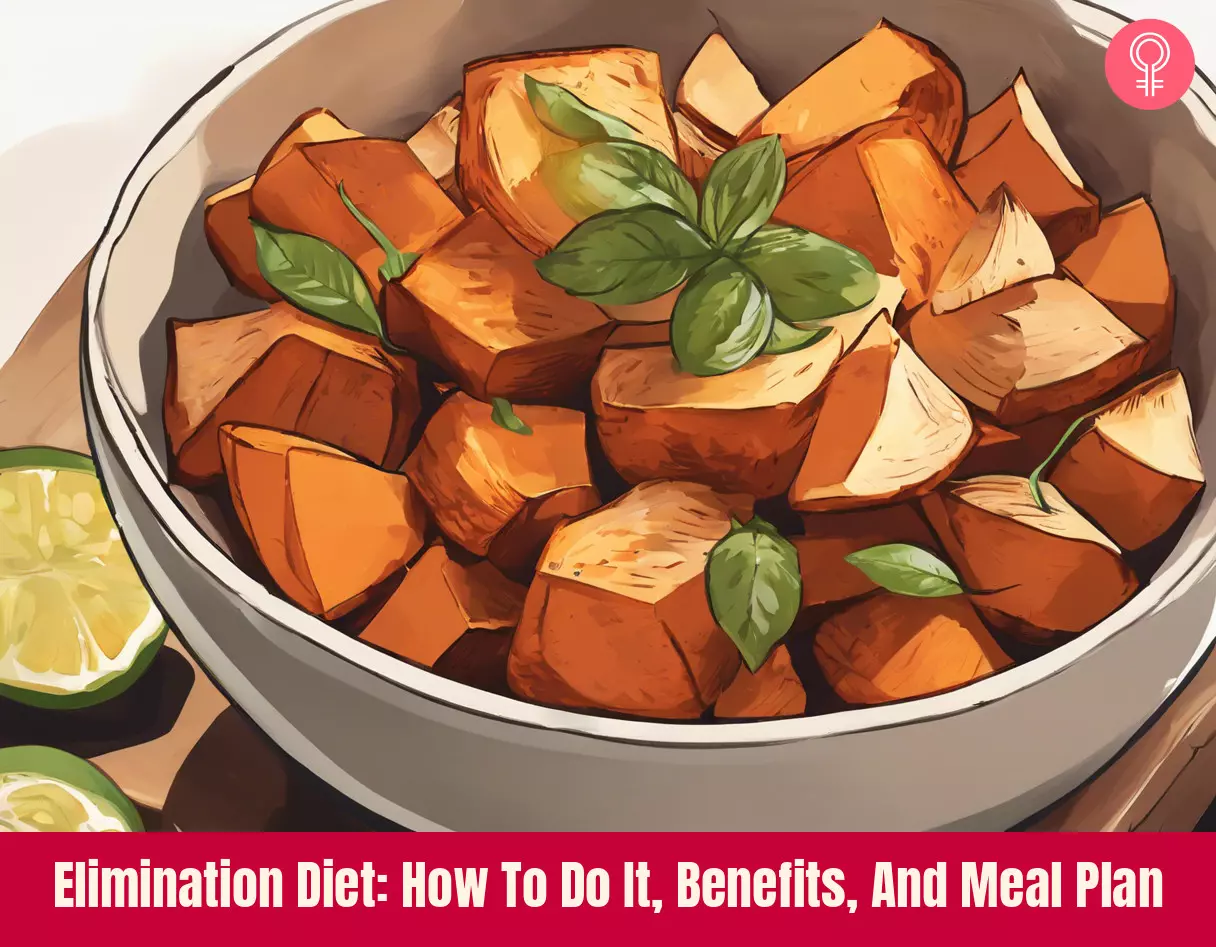
Image: Stable Diffusion/StyleCraze Design Team
Embarking on an elimination diet can be confusing. Check out this video to learn about the benefits of the diet, the recipes, and identifying potential food triggers to regain control of your health.
References
Articles on StyleCraze are backed by verified information from peer-reviewed and academic research papers, reputed organizations, research institutions, and medical associations to ensure accuracy and relevance. Read our editorial policy to learn more.
- Food Intolerances
https://www.ncbi.nlm.nih.gov/pmc/articles/PMC6682924/#B3-nutrients-11-01684 - Food elimination based on IgG antibodies in irritable bowel syndrome: a randomised controlled trial
https://pubmed.ncbi.nlm.nih.gov/15361495/ - Skin and Diet: An Update on the Role of Dietary Change as a Treatment Strategy for Skin Disease
https://pubmed.ncbi.nlm.nih.gov/29357214/ - Restriction and elimination diets in ADHD treatment
https://pubmed.ncbi.nlm.nih.gov/25220094/ - Diet restriction in migraine based on IgG against foods: A clinical double-blind randomised cross-over trial
https://www.ncbi.nlm.nih.gov/pmc/articles/PMC2899772/ - Global burden of irritable bowel syndrome: trends predictions and risk factors
https://idp.nature.com/authorize?response_type=cookie&client_id=grover&redirect_uri=https%3A%2F%2Fwww.nature.com%2Farticles%2Fs41575-020-0286-8 - Food Allergy in Atopic Dermatitis
https://pubmed.ncbi.nlm.nih.gov/27904183/ - [Eczema and food allergy in the adult]
https://pubmed.ncbi.nlm.nih.gov/2359866/ - Diet therapy for eosinophilic esophagitis: when why and how
https://pubmed.ncbi.nlm.nih.gov/23689524/ - Treatment of eosinophilic esophagitis with specific food elimination diet directed by a combination of skin prick and patch tests
https://pubmed.ncbi.nlm.nih.gov/16279563/ - Nutrition intervention for migraine: a randomized crossover trial
https://www.ncbi.nlm.nih.gov/pmc/articles/PMC4227630/ - Diet restriction in migraine based on IgG against foods: A clinical double-blind randomised cross-over trial
https://www.ncbi.nlm.nih.gov/pmc/articles/PMC2899772/ - Growth and Nutritional Concerns in Children with Food Allergy
https://www.ncbi.nlm.nih.gov/pmc/articles/PMC4280668/
Read full bio of Mary Sabat
- Mary Sabat, MS, RDN, LD, is a registered dietitian and a certified in personal training by the American Council of Exercise. She has 30 years of experience in nutrition education, wellness coaching, fitness training, holistic health, and weight loss coaching. She obtained her bachelor's degree in Dietetics and Nutrition from the University of Delaware and master’s degree in Human Nutrition with an emphasis on Exercise Science from Rutgers University.
 Mary Sabat, MS, RDN, LD, is a registered dietitian and a certified in personal training by the American Council of Exercise. She has 30 years of experience in nutrition education, wellness coaching, fitness training, holistic health, and weight loss coaching. She obtained her bachelor's degree in Dietetics and Nutrition from the University of Delaware and master’s degree in Human Nutrition with an emphasis on Exercise Science from Rutgers University.
Mary Sabat, MS, RDN, LD, is a registered dietitian and a certified in personal training by the American Council of Exercise. She has 30 years of experience in nutrition education, wellness coaching, fitness training, holistic health, and weight loss coaching. She obtained her bachelor's degree in Dietetics and Nutrition from the University of Delaware and master’s degree in Human Nutrition with an emphasis on Exercise Science from Rutgers University.
Read full bio of Moksha Gandhi
Read full bio of Ravi Teja Tadimalla
Read full bio of Himanshi Mahajan







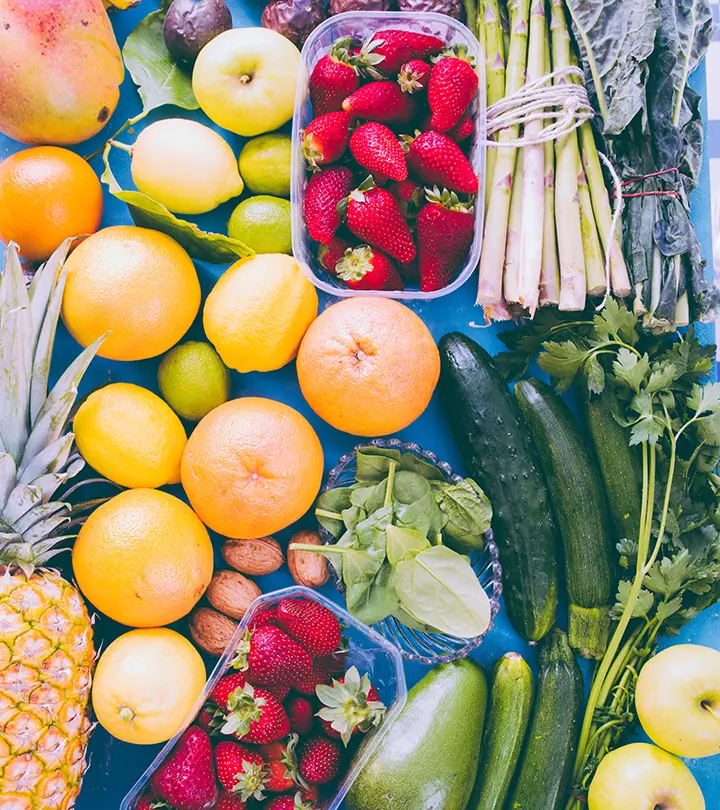
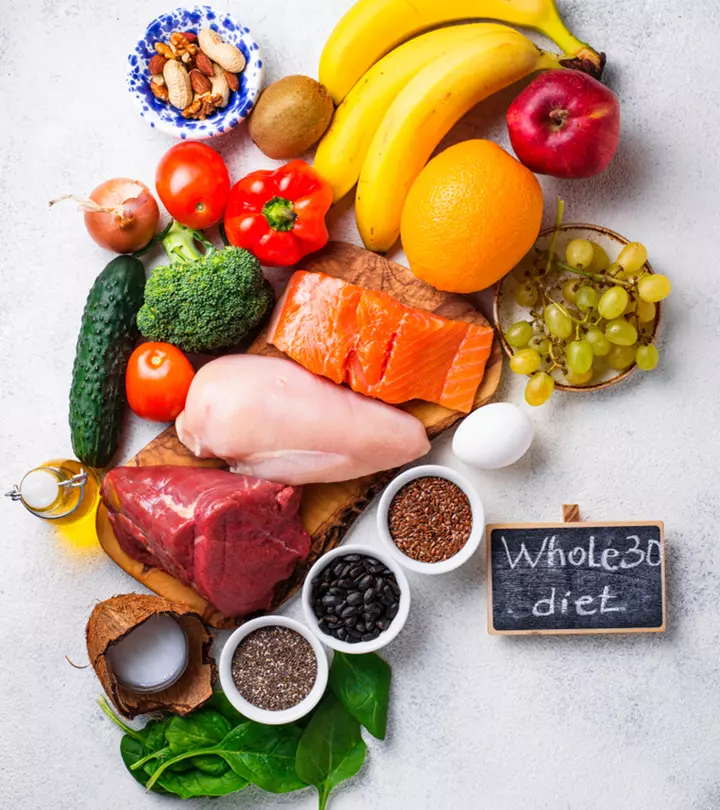
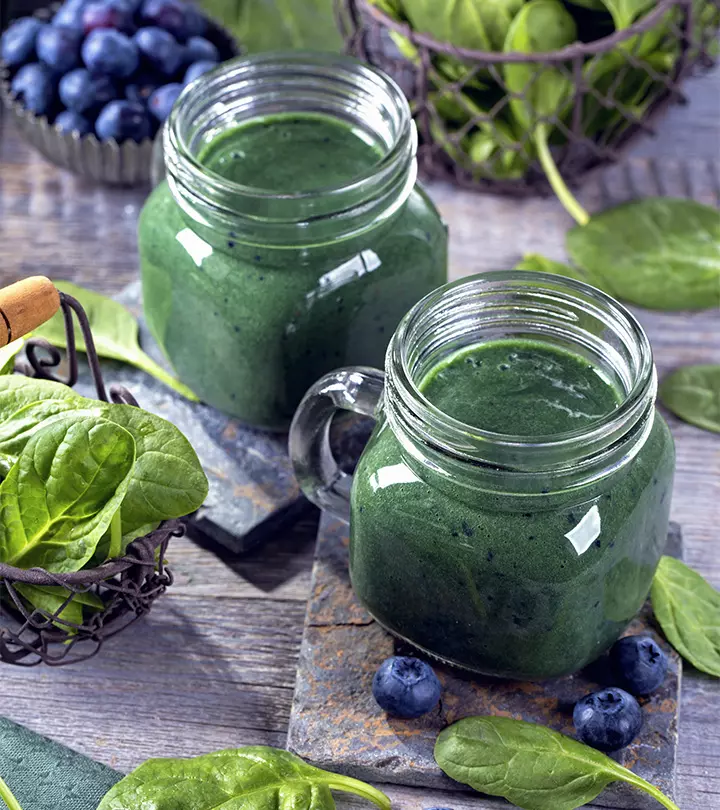


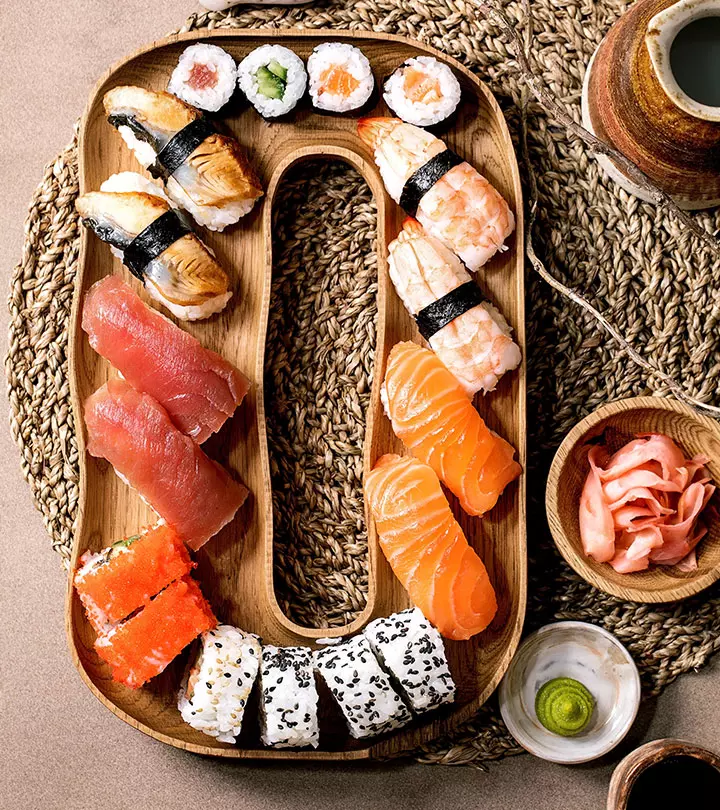


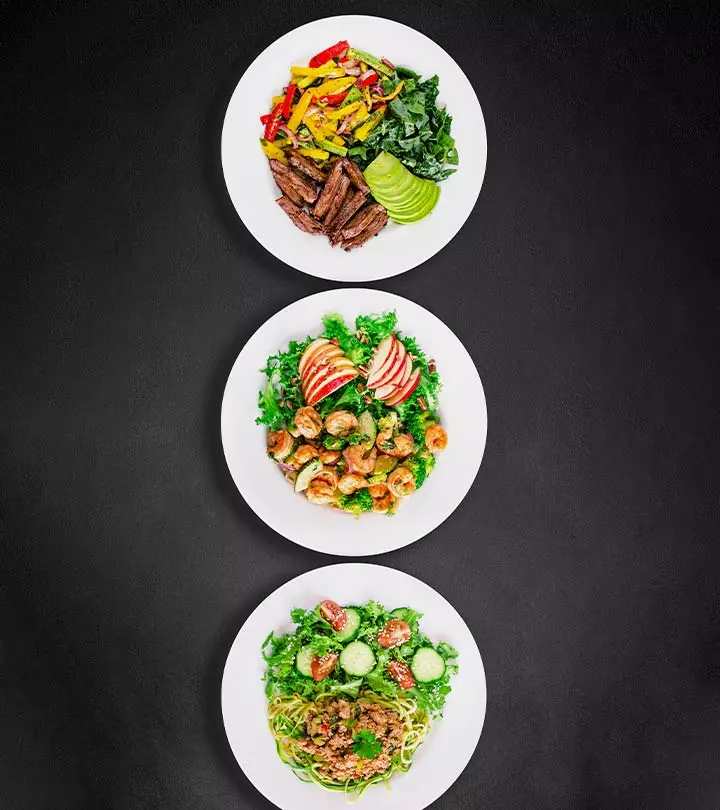
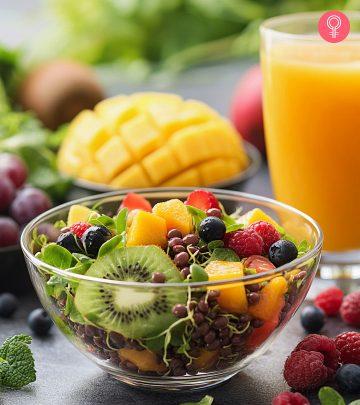
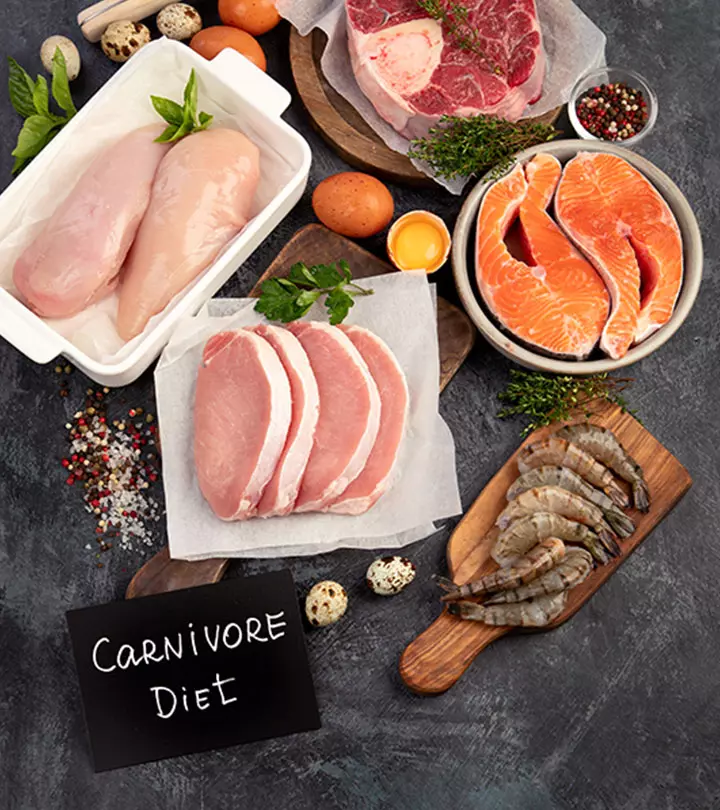
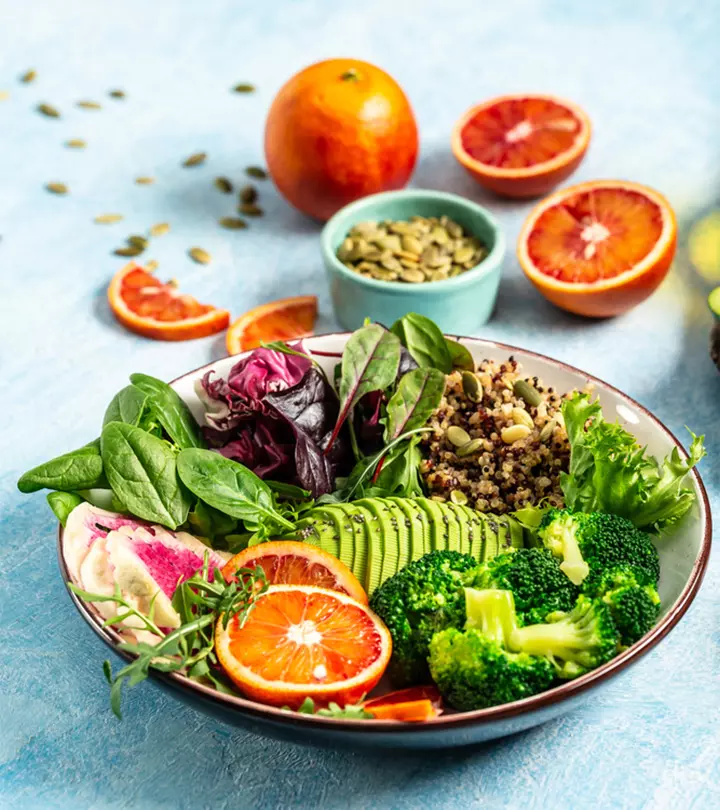




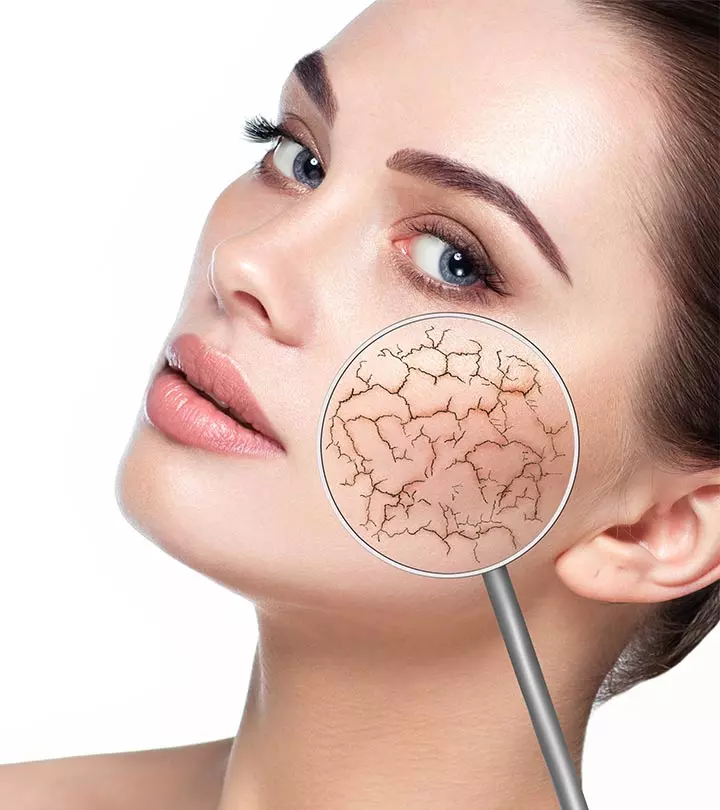
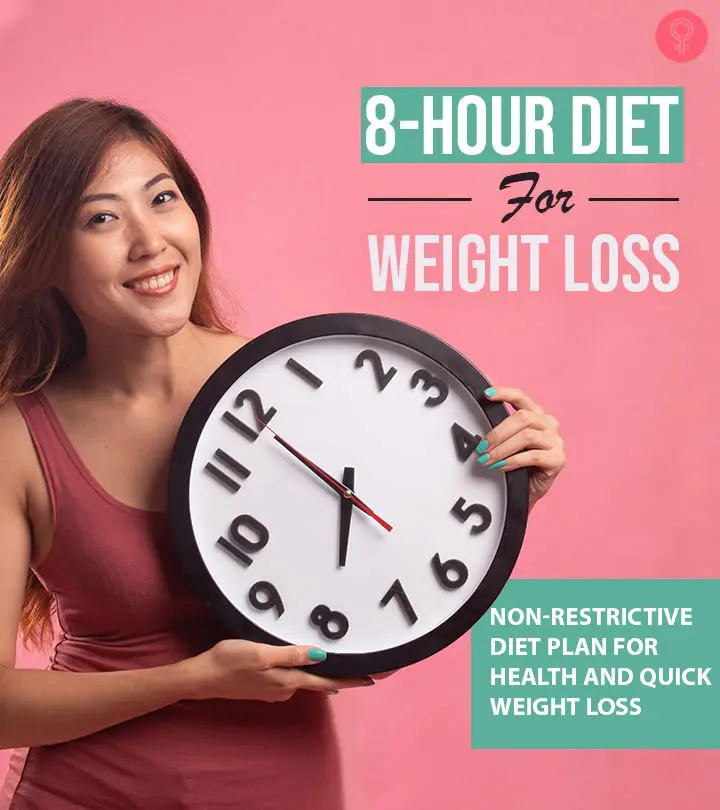
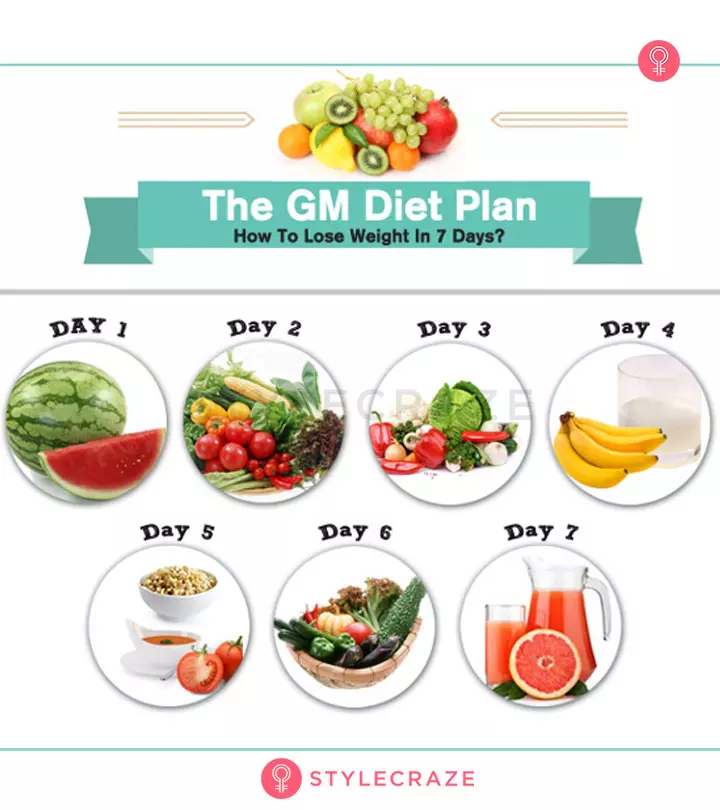
Community Experiences
Join the conversation and become a part of our empowering community! Share your stories, experiences, and insights to connect with other beauty, lifestyle, and health enthusiasts.